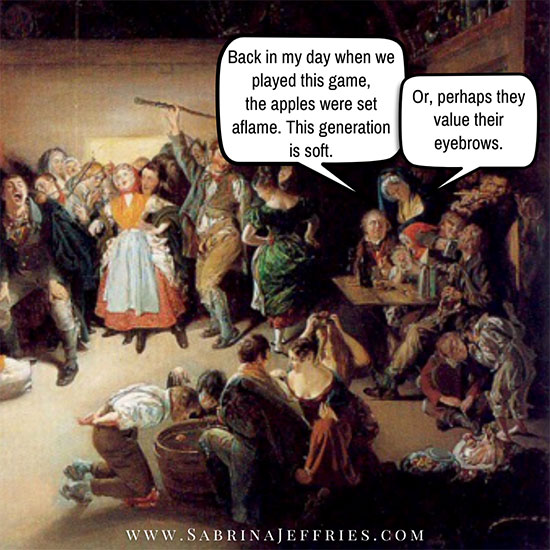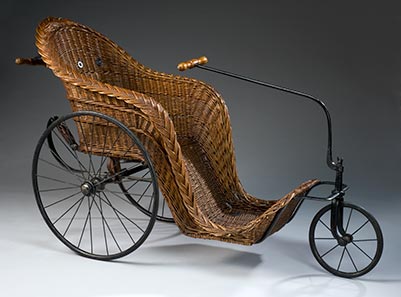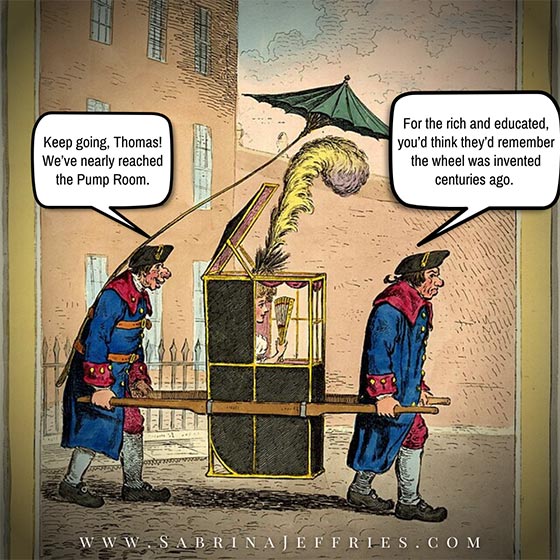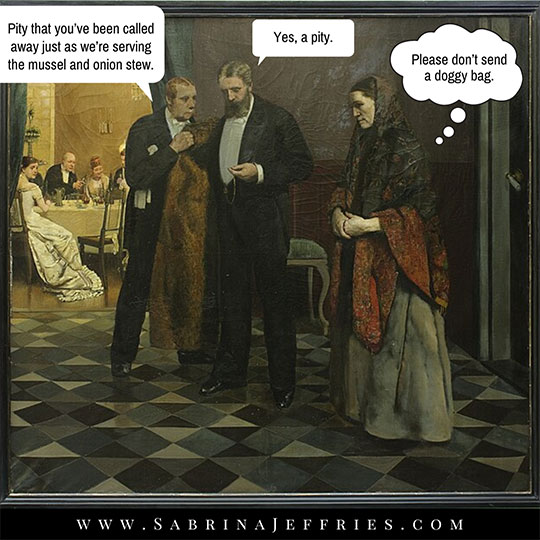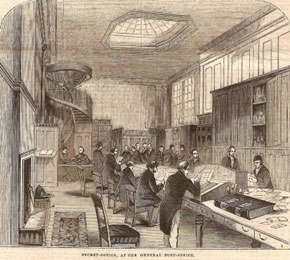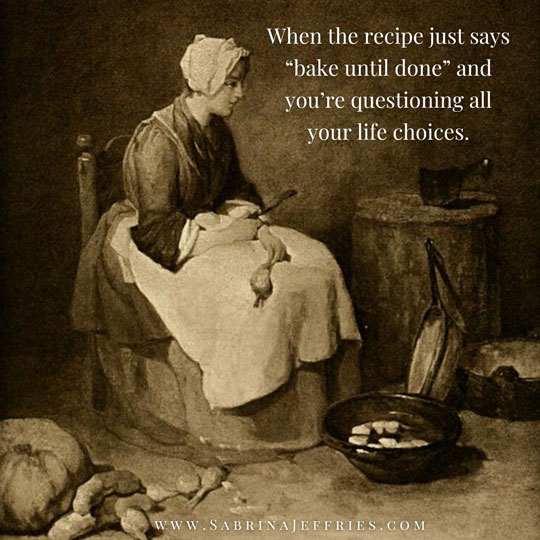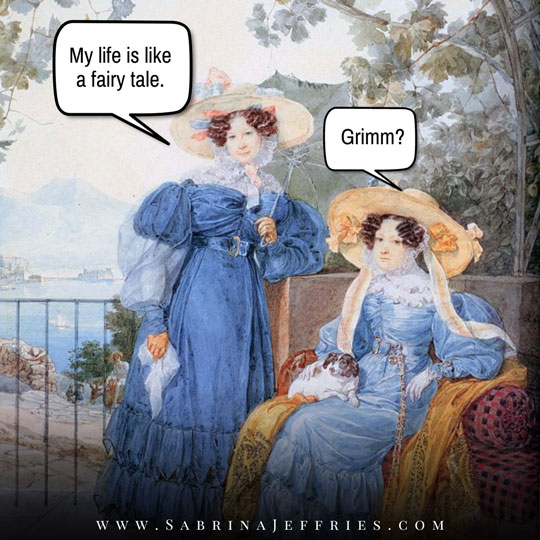
Thanks to the issues mentioned above regarding fairy tales, I had a bit of a problem when I wanted to reference one in Accidentally His. It was a Grimm fairy tale that no one had ever heard of in England until 1823. Except, of course, for people who had a facility for multiple languages (cough, cough, Rafe) or an uncle who traveled a great deal (also Rafe). Believe it or not, I had already chosen both of those things for Rafe’s character when I stumbled across the fact that the fairy tale I wanted to reference had never appeared in English in England. So, that was a nice bit of serendipity. Rafe’s facility for languages was related to his start as a spy with the Corps of Mounted … Wait, I already talked about that in a previous Regency tidbit. Oh, well. Until next time …


